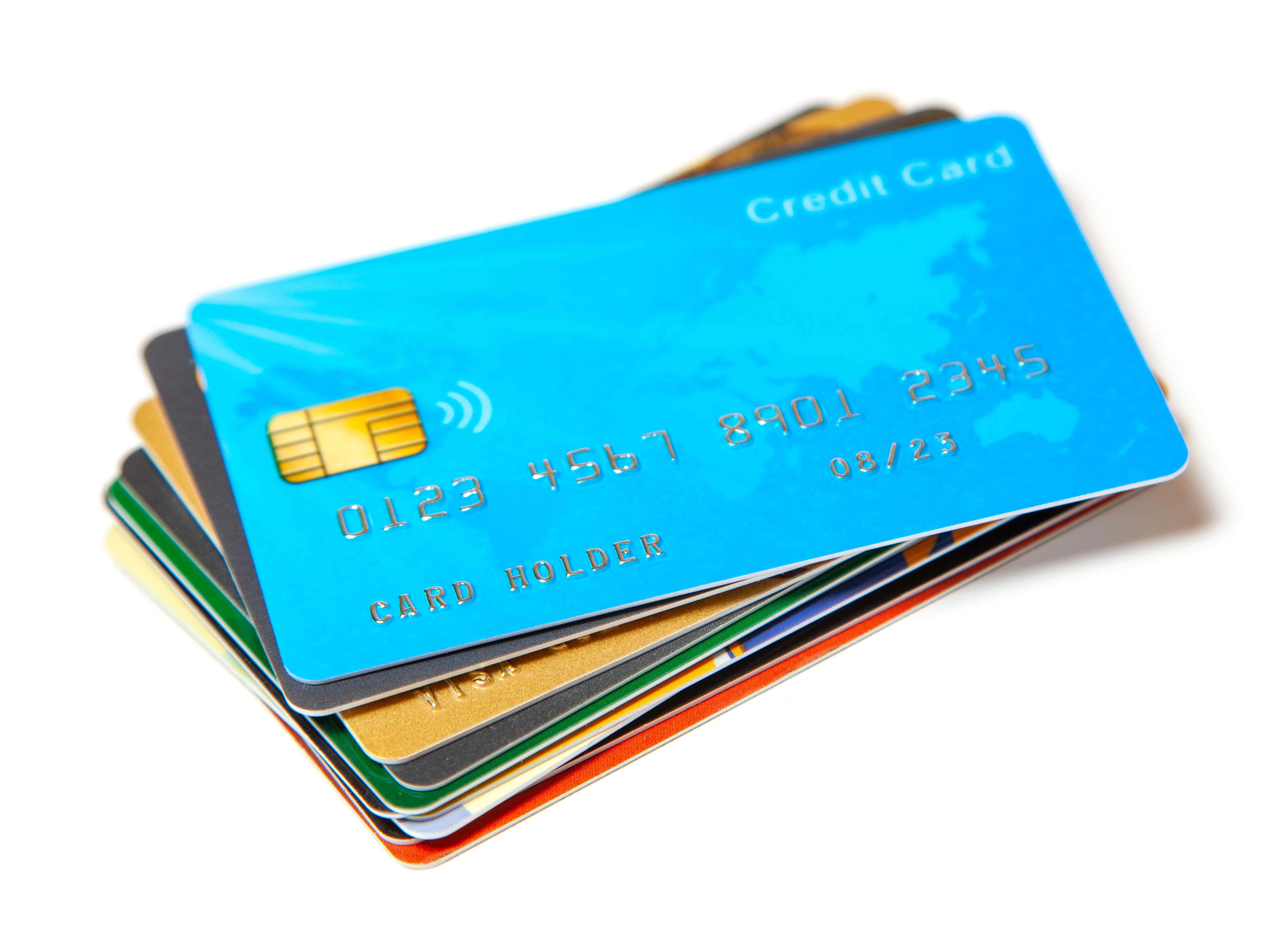Cardholders
Credit cards are set up to allow cardholders to earn one or more points per dollar in spending, plus an extra five percent back on purchases over $4,500, so people can avoid the hassle of cash. The cash-back credit cards are intended to be taken out in increments to earn bonus points; however, if you are spending a lot on a single item, the sales tax may make it difficult for you to earn the maximum five percent back.

How much a credit card earns, and the percentage of the money that is returned to the merchant, depends on the type of merchant.
For a conventional merchant with a normal or minimal checkout process, the percentage returns to the merchant is approximately 30 percent. This rate is set so that the buyer receives a credit and the merchant takes a cut of the difference between the sales price and the buyer’s credit card. For example, if a grocery store authorizes the buyer to pay $30 using a credit card, the merchant has to pay $2 for a cash advance. With a cash-back credit card, however, the credit card is worth the full $30 and the retailer receives just $2.
Some shoppers also use the cash-back credit card to top off their shopping budget. Retailers set their default interest rate lower than credit card companies, so the retailer is likely to return 30 percent of every dollar of charge, or roughly $1,500 over the cardholder’s balance. When retailers do not automatically return the full amount of the charge, they must bill the buyer an additional cash advance.
Cash-back credit cards
Merchants who take credit card payments of $3,500 or more in a month can qualify for special cash-back rewards on these types of purchases. The money from the excess merchandise sales goes to the merchant as a flat fee. With cash-back cards, the merchant earns a larger percentage of the money they take from each transaction, and the balance goes toward financing the consumer’s purchases at one of the financial institutions. In fact, the larger the purchase, the larger the cash-back reward on that purchase.
How credit card purchases can contribute to the monthly mortgage payment
Generally, some customers use credit cards for more than one purpose. For example, you may pay for the purchase with a credit card that you used for a purchase at a different store. You may also use it to buy airline tickets or tickets for an expensive concert. Regardless of the purpose, the purchase should be paid off with a minimum of three months’ worth of payments.
The card holder may have to make extra payments on the debt. However, credit card companies typically provide programs that compensate cardholders for these payments, and some people use their credit cards for payments, often multiple times a month. A federal credit card exception to this rule allows people to use their credit cards to pay off the same monthly mortgage payment in installments.
Calculating monthly mortgage payments
It’s important to remember that credit card payments come with a variety of fees. For example, they include charges for interest, fees for late payments, and fees for other transactions. These charges often exceed the amount of any credit card bonuses.
